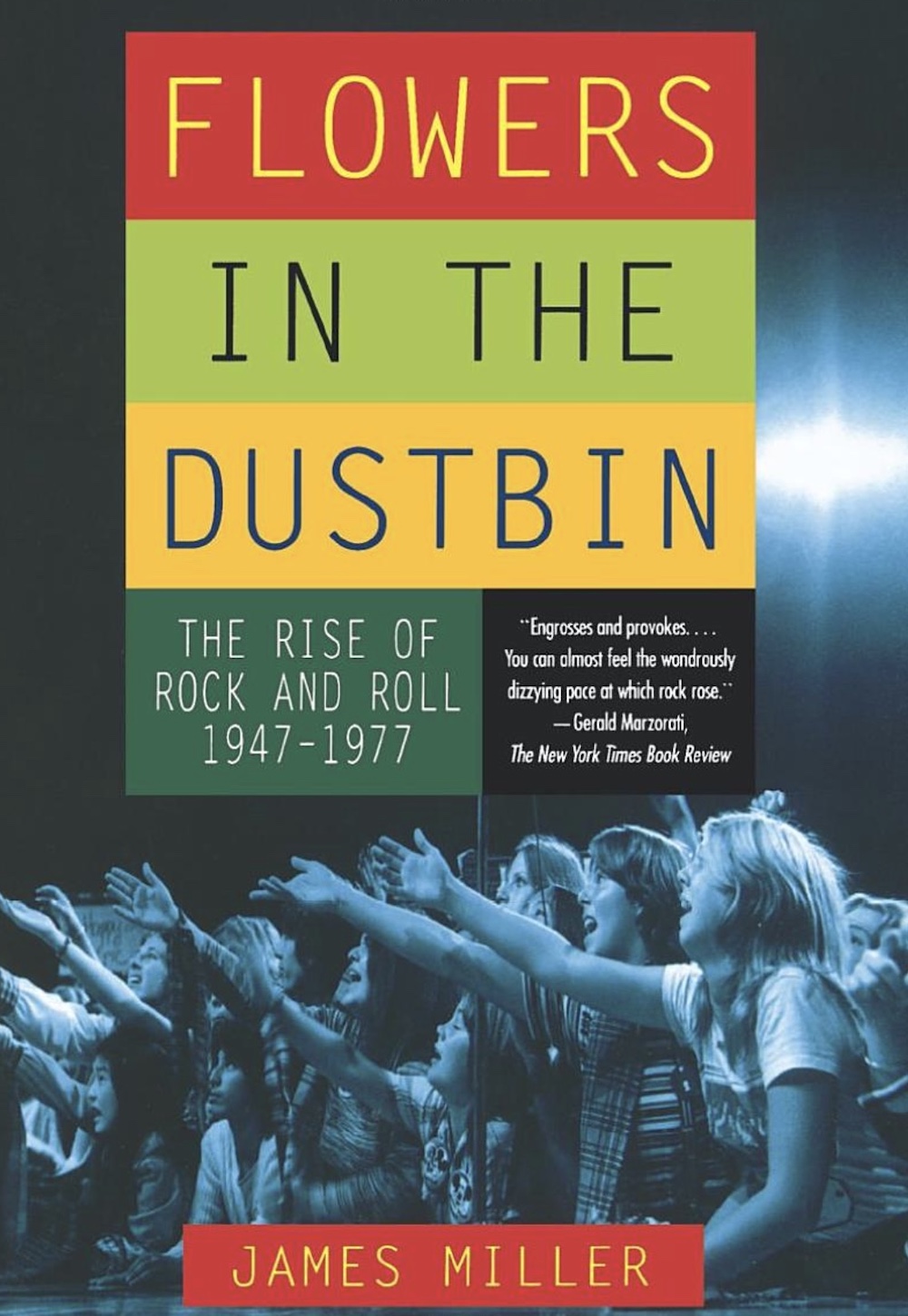John Marks’ Bookshelf for Lovers of Recordings #6
A DOZEN BOOKS REVIEWED, ONE A WEEK FOR THE NEXT TWELVE
Here are notes on a selection from my favorite books on the history of recording technology, the history of the record business, and the interactions between recording technology, the record business, and the art of music. One example of what I mean by all that is, in the late 1920s, piezoelectric “crystal” microphones supplanted carbon microphones for radio broadcasting.
Crystal microphones had a better signal-to-noise ratio than carbon microphones. Therefore, the live singers on radio could sing more quietly and intimately. They no longer had to shout to be heard. However, the quartz, mica, or other crystal elements were also more fragile than had been the carbon microphones. So, “shouters” like Al Jolson were out; and “crooners” like Rudy Vallee were in. (Trivia bit: Rudy Vallee graduated from Yale, with a degree in Philosophy.)
This list will be presented as a series of weekly installments. Rather than attempt to rank such diverse books from “Best” to “Somewhat Less Best,” this list is organized both chronologically and categorically. JM
The Bookshelf:
1. The Fabulous Phonograph, 1877-1977
2. The Label: The Story of Columbia Records
3. Do Not Sell at Any Price
4. The B Side: The Death of Tin Pan Alley and the Rebirth of the Great American Song
5. Something in the Air: Radio, Rock, and the Revolution That Shaped a Generation
6. Flowers in the Dustbin: The Rise of Rock and Roll, 1947-1977
7. Temples of Sound: Inside the Great Recording Studios
8. Goodnight, L.A.: The Rise and Fall of Classic Rock -- The Untold Story from inside the Legendary Recording Studios
9. Making Rumours: The Inside Story of the Classic Fleetwood Mac Album
10. Backstory in Blue: Ellington at Newport ‘56
11. A Love Supreme: The Story of John Coltrane’s Signature Album
12. The Vinyl Frontier: The Story of NASA s Interstellar Mixtape
Flowers in the Dustbin: The Rise of Rock and Roll, 1947-1977
by James Miller
New York: Fireside/Simon & Schuster, 1999. Hardcover, 416 pp. ISBN 0684808730.
https://www.amazon.com/Flowers-Dustbin-Rise-Rock-1947-1977/dp/0684808730/
Flowers in the Dustbin (the title comes from a Sex Pistols song) comprises about 45 short chapters, each dedicated to a particular event that was a step in the process by which, over the course of 30 years, rock music evolved from an outsider’s enthusiasm to a cultural norm.
Many of the chapters are prefaced by an exact calendar date—such as July 9, 1972, when David Bowie made his Royal Festival Hall debut in London. This gives the writing a real sense of journalistic specificity; you feel that you’re getting a first-hand report. At the same time, Miller’s use of secondary sources is amply documented; this is a history, not a memoir.
The time frame of the book’s subtitle, “The Rise of Rock and Roll, 1947-1977,” was chosen because December 28, 1947 was the date of the recording session for Wynonie Harris’ “Good Rockin’ Tonight,” a jump-blues dance number that many believe was the first record that could be called “rock and roll”; and because August 16, 1977 was the date of Elvis Presley’s death.
Miller’s book chronicles rock’s rise from a marginated and at times despised music, to a position of such cultural ascendance that, upon Presley’s death, two of the commercial television networks replaced scheduled programming with special reports. Implicit in Miller’s choice of 1977 as his chronology’s end point (although his epilogue does cover such post-1977 developments as Michael Jackson’s solo career and U2) is an assertion that, after 1977, rock music was no longer on the rise; it was in part on a plateau, and in part in decline.
Miller suggests that rock’s very success may have destroyed the wellsprings of its original vitality. Within two generations, the “rock artist” had gone from toreador to sacred cow. By the time you’ve finished Flowers in the Dustbin, you’ll see the big picture of the first 30 years of rock music from a unique, albeit slightly world-weary, perspective. Recommended.









































.png)








